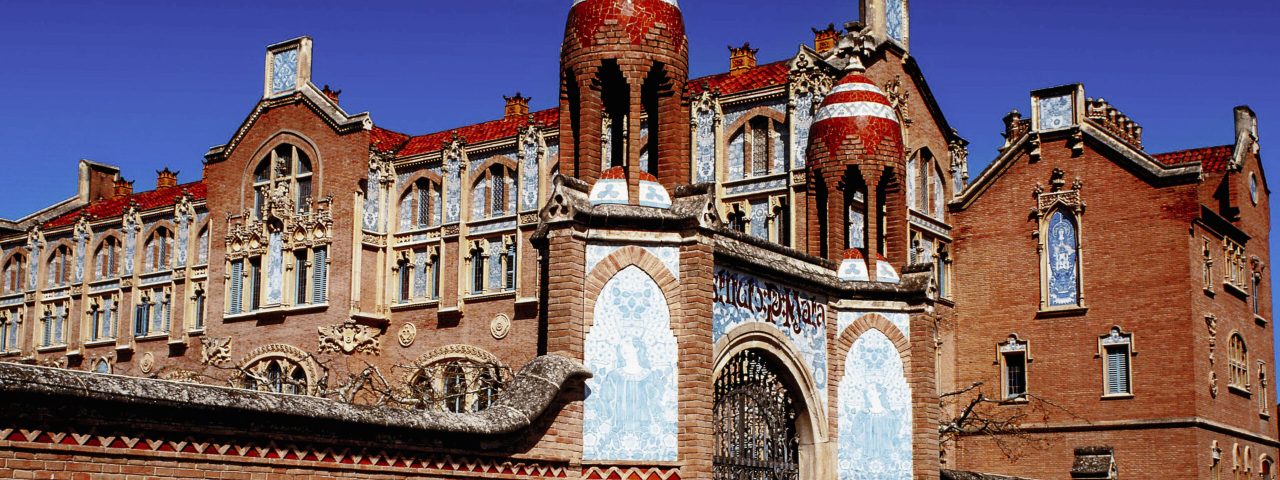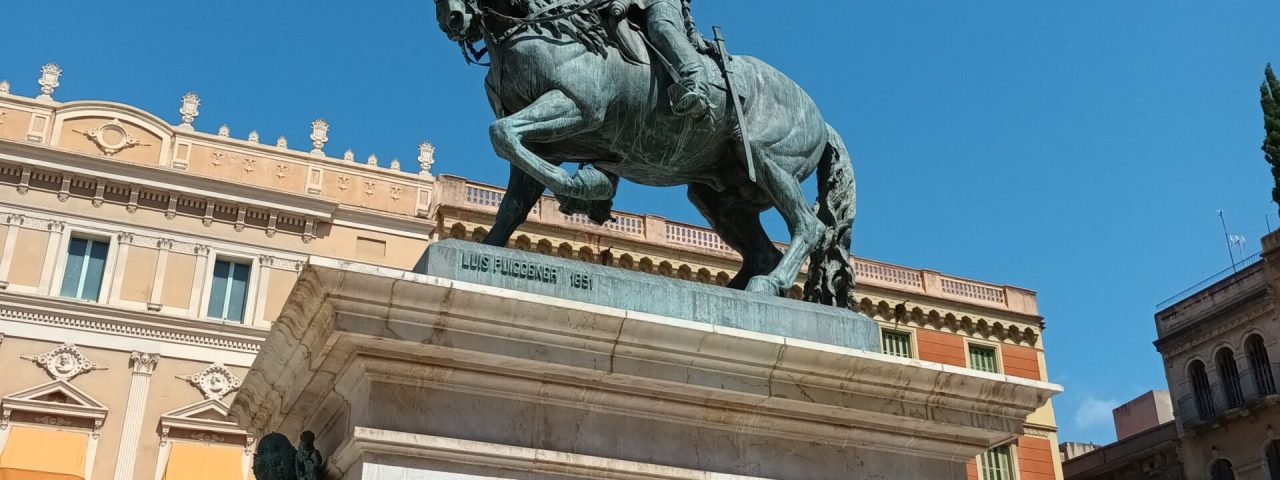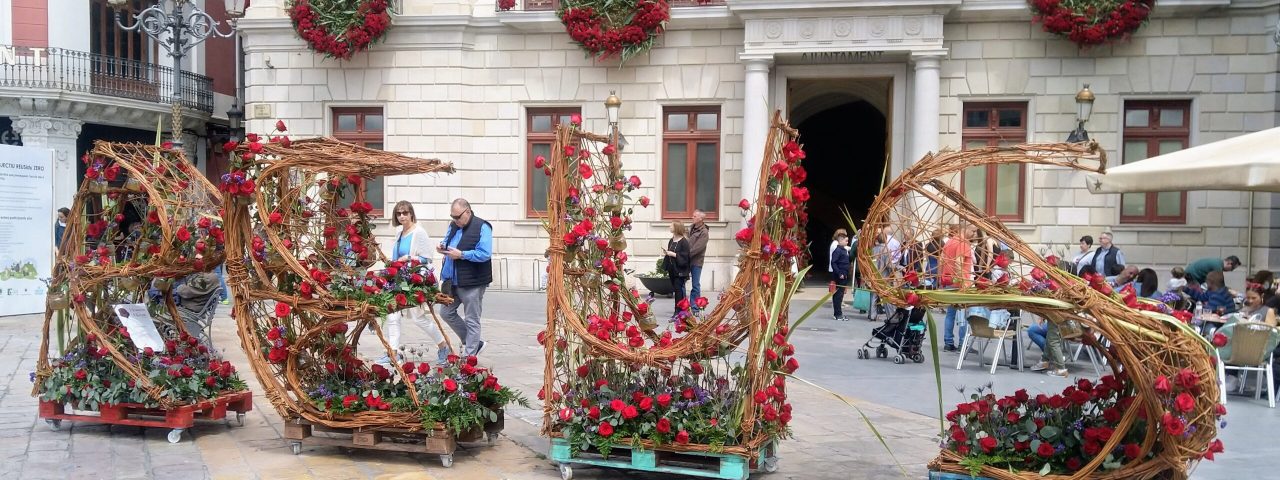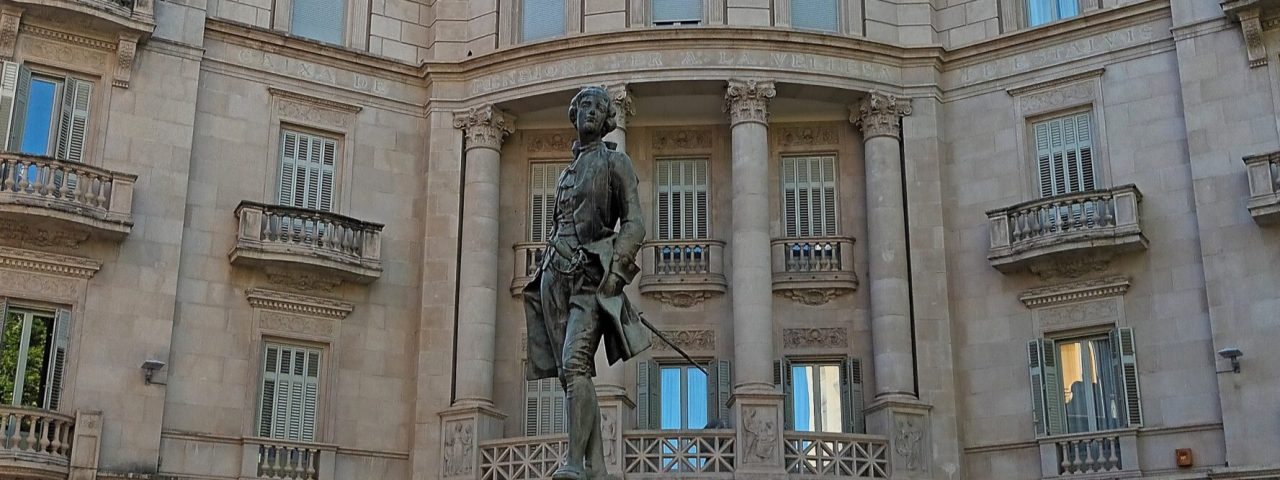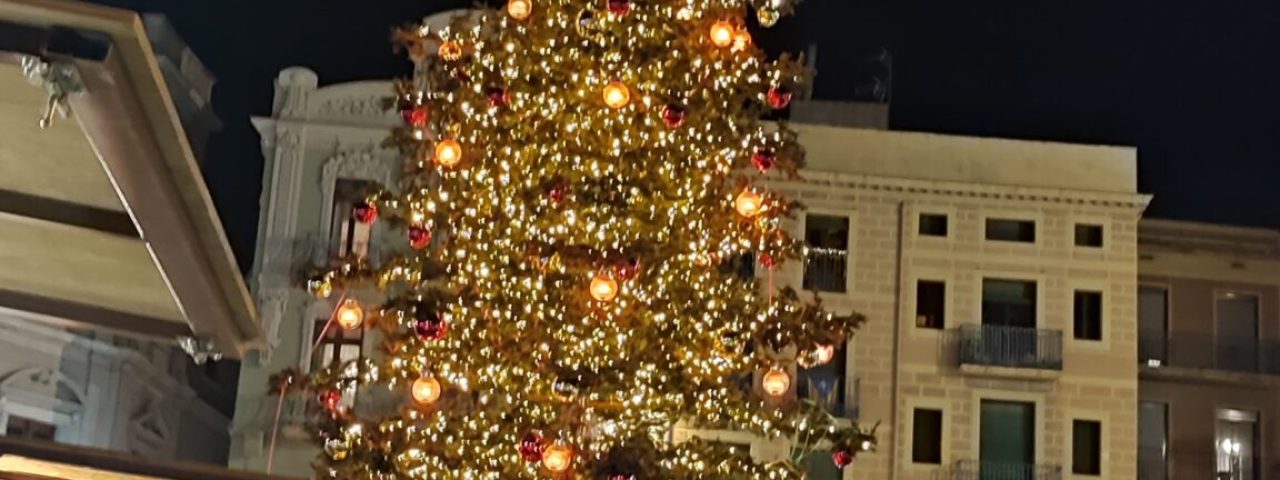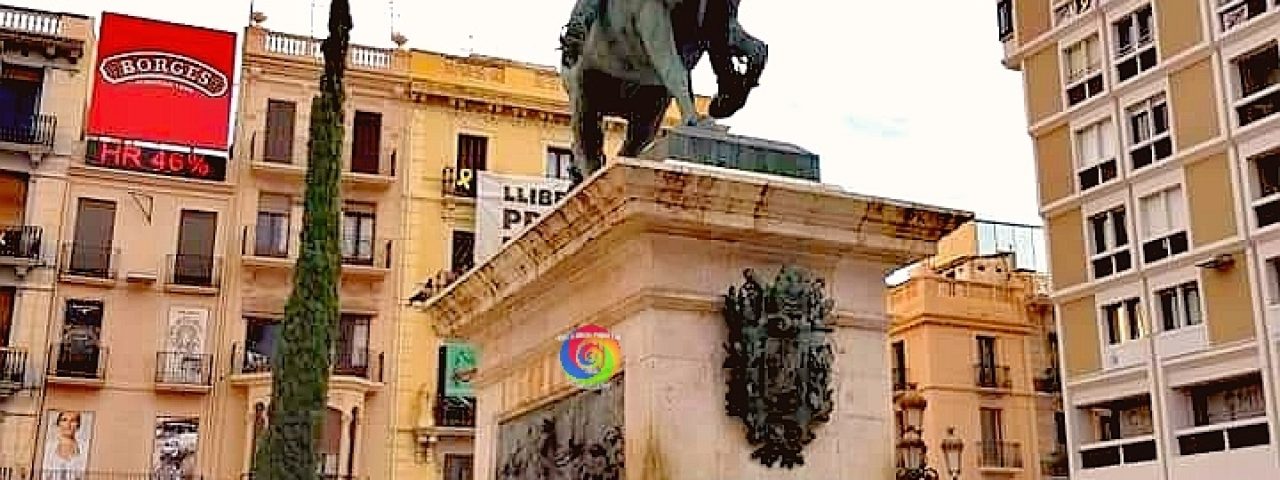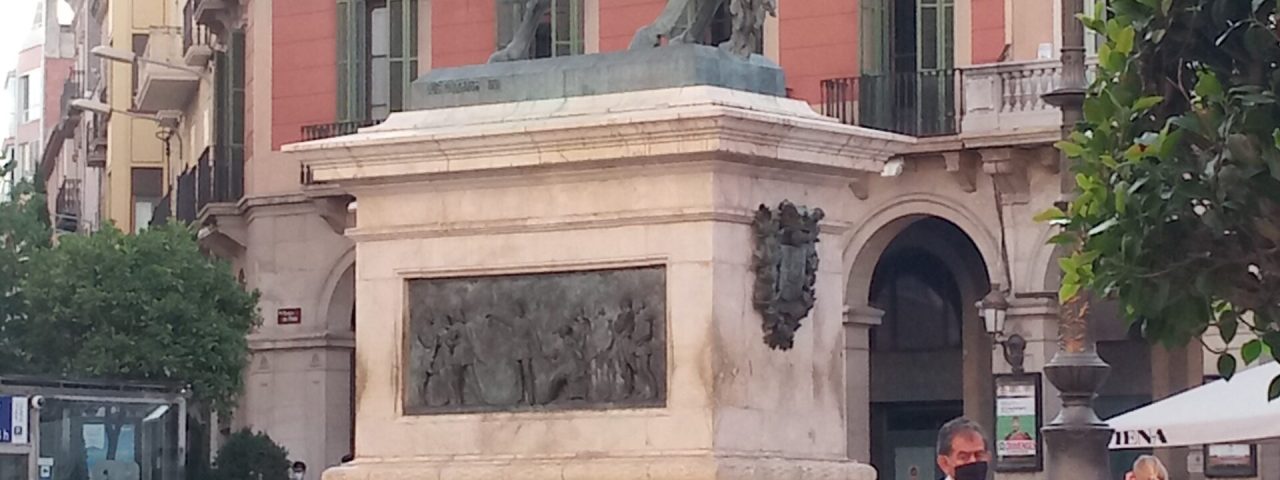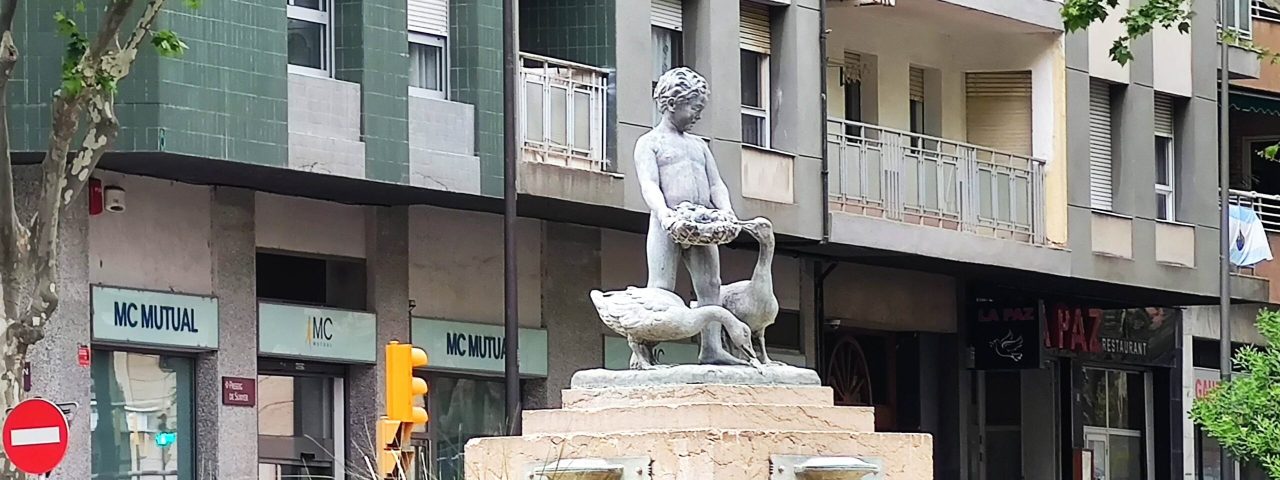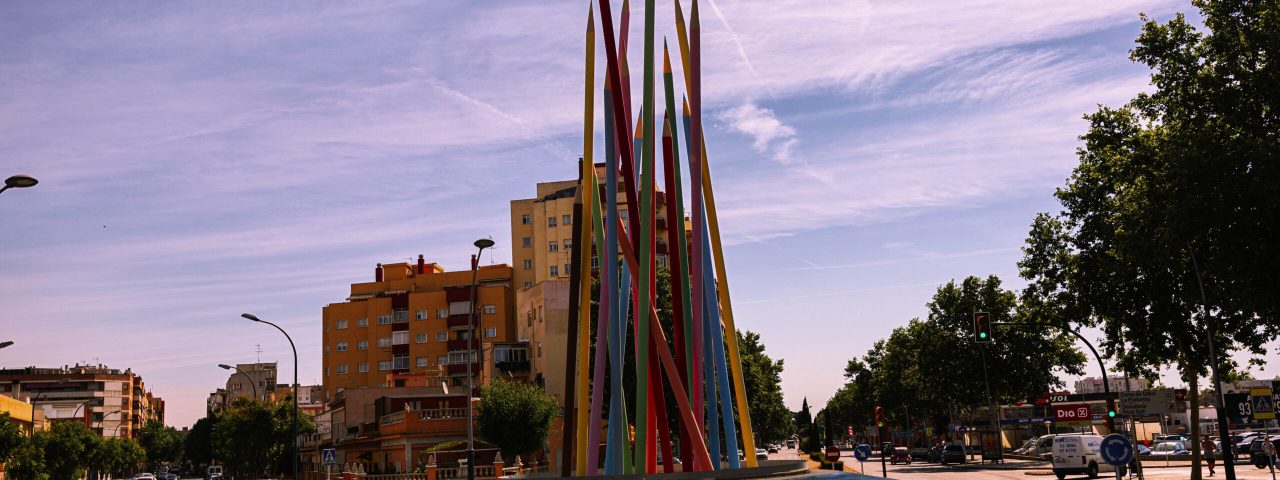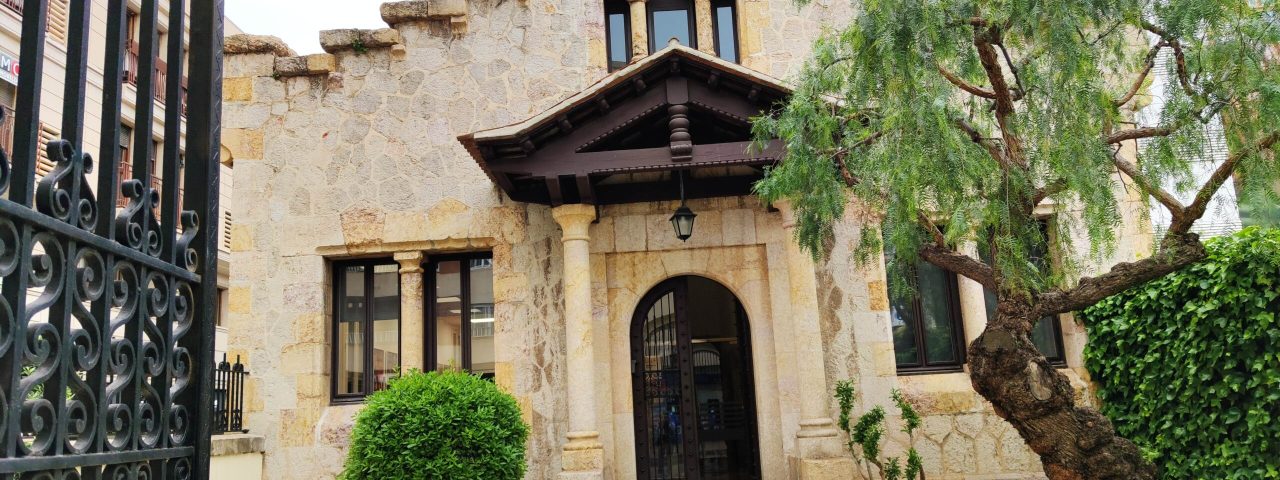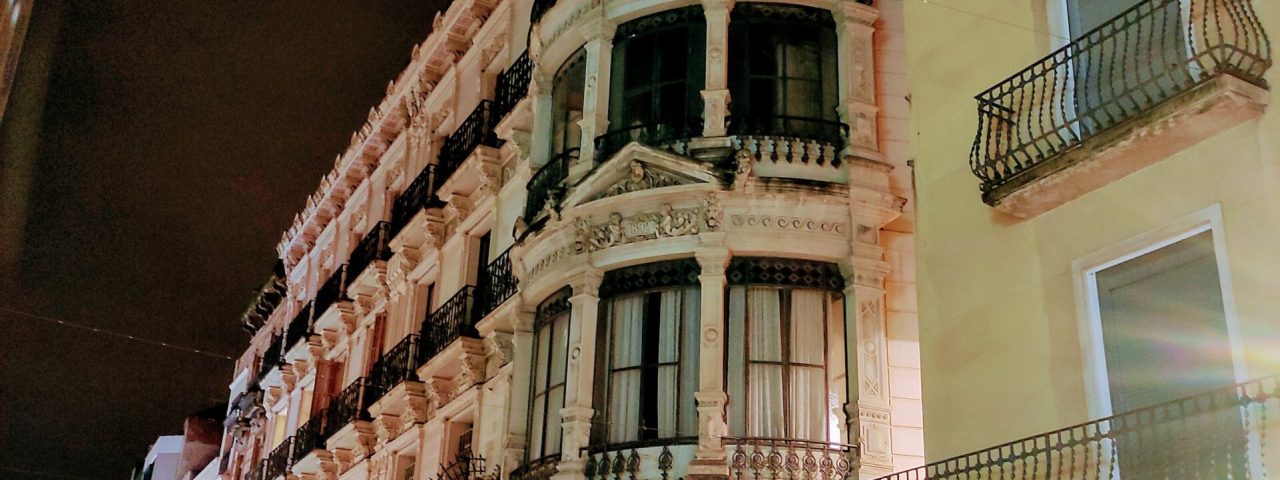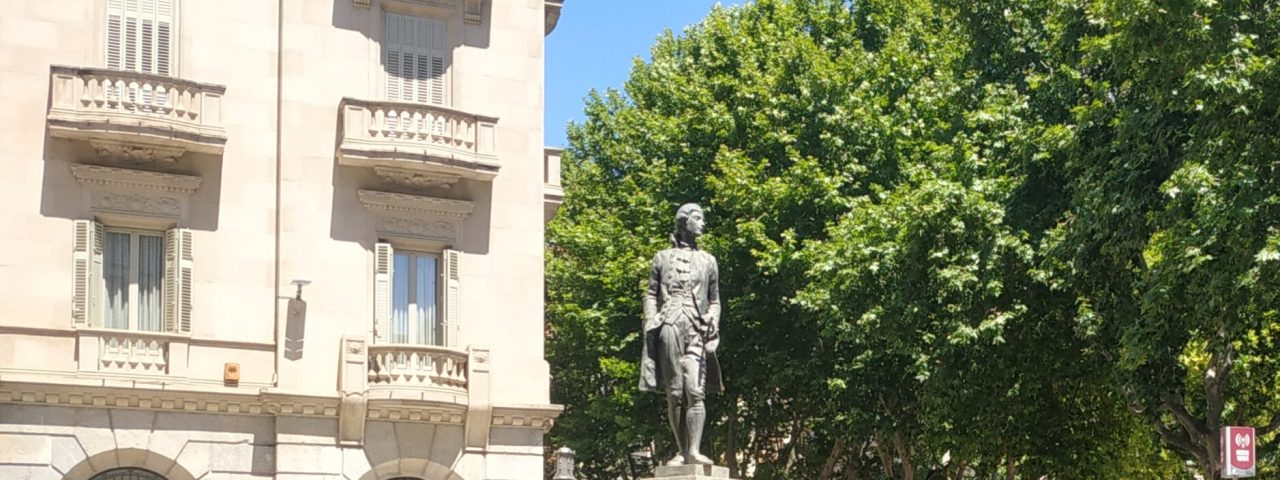Reus has a rich and storied history that dates back to Roman times, though it truly blossomed during the medieval period as a major trading hub. The city was a key player in the production of spirits and brandy during the 18th century, which boosted its economy and attracted merchants from across Europe. In the 19th century, Reus became a significant center for Catalan modernism, producing notable figures such as Antoni Gaudí, though it was architect Lluís Domènech i Montaner who left the most visible mark on the city with his modernist buildings.
Culturally, Reus is synonymous with modernism and its connection to Gaudí, who was born here. Every year, the city hosts cultural events celebrating its architectural heritage. One of the city’s most beloved traditions is the annual “Fiesta Major de Sant Pere” in June, which draws crowds for its parades, concerts, and fireworks. Another significant event is “Trapezi,” an international circus festival that transforms Reus into a vibrant, colorful space each May.
The city also celebrates various Catalan traditions, including the Sardana dance, human towers (Castells), and lively markets. Visitors to Reus will experience a deep sense of cultural pride, with a strong emphasis on preserving local customs and artistic heritage.
